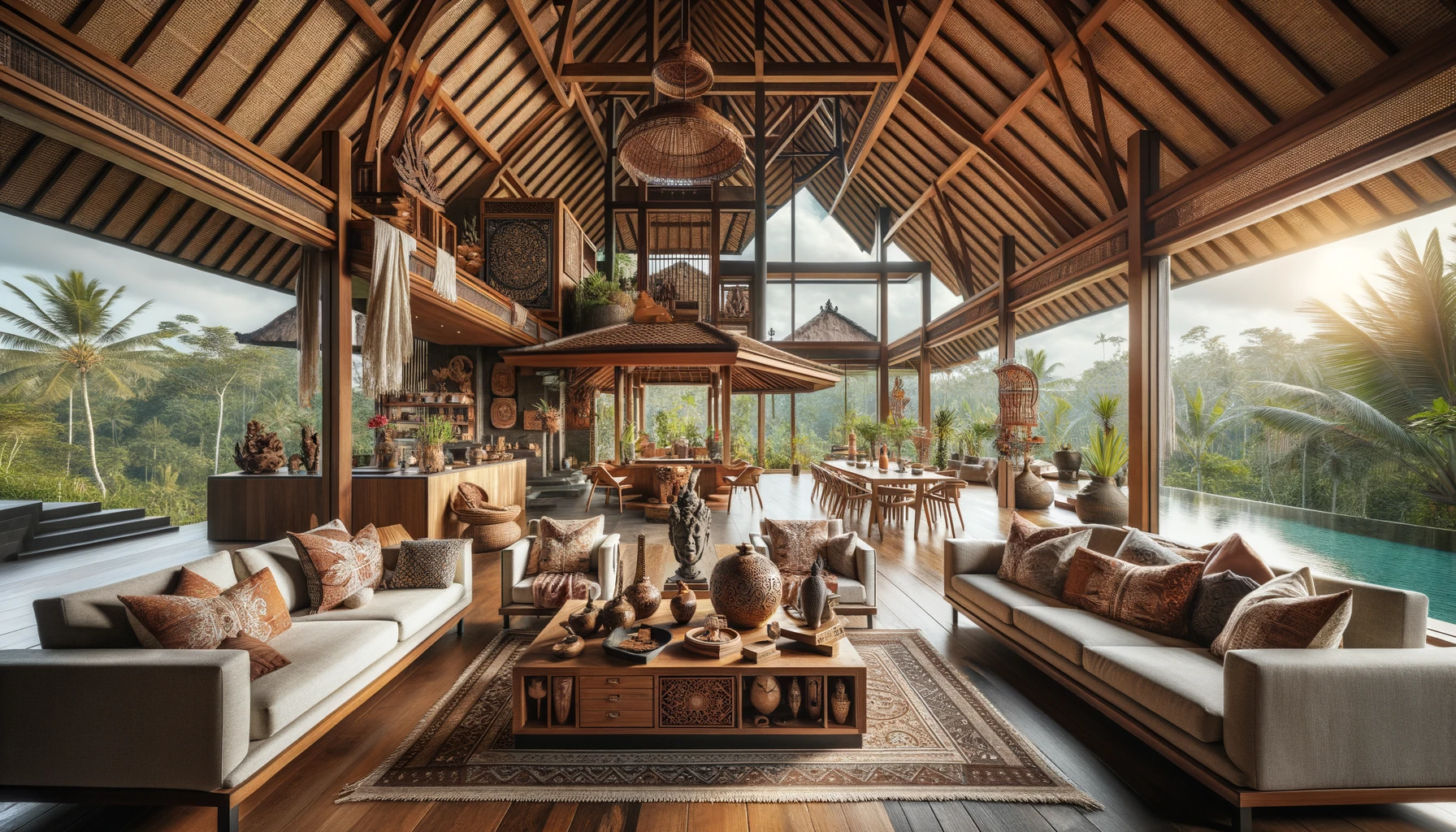Leveraging Artificial Intelligence for Modern Interior Design

Introduction
Artificial Intelligence (AI) is rapidly transforming multiple industries, and interior design is no exception. With advancements in machine learning and data analysis, AI is reshaping the way designers approach spaces, ensuring both functionality and aesthetics. This article will explore how AI can be integrated into the interior design process for more dynamic and personalized results.
The Confluence of AI and Interior Design
Understanding AI in Interior Design
AI in interior design refers to the use of machine learning algorithms and data analytics to analyze design trends, predict user preferences, and suggest design elements. These tools can quickly assimilate vast amounts of data to generate design solutions tailored to specific user needs.
Why AI is a Game-Changer
- Personalization at Scale: AI tools can analyze individual user preferences to create personalized design solutions.
- Time Efficiency: Automated design suggestions mean faster decision-making.
- Data-Driven Decisions: Ensure your design choices are backed by solid data and trend analysis.
AI Tools & Applications in Interior Design
Virtual Room Planners
Virtual room planners, powered by AI, allow users to virtually place furniture and decor items in a room, testing different layouts and styles before making a purchase. These tools consider room dimensions, lighting conditions, and even furniture dimensions to suggest optimal placements.
Predictive Design Analysis
By analyzing vast datasets, AI can predict future design trends, guiding designers to make choices that remain in vogue for longer.
Automated Mood Board Creators
Input your preferences, and AI tools can curate mood boards from millions of images, streamlining the ideation process.
Smart Home Integrations
AI can assist in seamlessly integrating smart home devices into interior designs, ensuring that technological elements are both functional and aesthetically pleasing.
The Benefits of Incorporating AI in Interior Design
Cost Efficiency
Eliminate the trial and error approach. By using AI recommendations, users can make informed decisions, reducing wasteful spending.
Enhanced Creativity
AI provides data-driven insights, allowing designers to push boundaries and innovate while staying rooted in practicality.
Client Satisfaction
Personalized design solutions, faster project completion, and up-to-date trends lead to higher client satisfaction rates.
Getting Started with AI in Interior Design
Choose the Right AI Tools
It's crucial to select tools tailored to your specific needs. For freelancers, virtual room planners might be best, while design firms might benefit from predictive design analysis.
Stay Updated with AI Trends
The world of AI is ever-evolving. Regularly updating your knowledge ensures you remain ahead of the curve.
Collaborate, Don’t Replace
Remember, AI is a tool, not a replacement. Use it to enhance your creativity, not substitute it.

FAQs
- Q: Is AI expensive to integrate into my design process?
- A: The cost varies. Many tools offer basic functionalities for free, while advanced features might come at a premium.
- Q: Can AI completely replace a human designer?
- A: No, AI assists and enhances the design process. The human touch, understanding of emotions, and intuitive creativity cannot be replicated by machines.
- Q: How secure are AI design tools?
- A: Reputed AI design tools prioritize user data privacy and security. However, always review privacy policies before using any tool.
Conclusion
Artificial Intelligence is not merely a trend in interior design; it's the future. By integrating AI tools into the design process, professionals can stay ahead in the competitive market, offering innovative, personalized, and efficient solutions. As with any tool, the key lies in using AI to complement human skills, not replace them.
TALK TO A PRO
We're here to bring your brand to life!
Stay Connected with BrandXR
Create Augmented Reality for Free!
Create, Publish, and Measure 3D Augmented Reality Experiences Without Having to Code.














